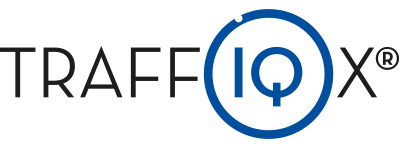A cooperative effort to support practical implementations of B2B e-invoicing in Germany has published a first tangible result. The primary objective is to create a mapping table that links the mandatory information required by the German Value Added Tax Act (UStG) to the corresponding data fields in the European e-invoicing standard EN16931-1.
This mapping serves as a guide for invoice issuers, software providers, and service providers. By aligning legal requirements with technical standards, the initiative aims to ensure the legal compliance and seamless application of electronic invoices.
Major relevant e-Invoicing organizations worked together, namely
- XStandards Einkauf (xeinkauf.de) , responsible for the XRechnung standard and run by Koordinierungsstelle für IT Standards (KoSIT),
- the Forum elektronische Rechnung Deutschland (FeRD), maintaining the ZUGFeRD hybrid format,
- supported by the Arbeitsgemeinschaft für wirtschaftliche Verwaltung e.V. (AWV)
actively contribute to this initiative.
Mapping Mandatory Fields from UStG to EN16931
The core of the initiative is a detailed table that maps specific UStG requirements to EN16931 fields. As intuitive examples, the invoice issue date from §14 Abs. 4 Nr. 3 UStG maps to the “BT-2 Invoice issue date” field in EN16931. Similarly, the invoice number from §14 Abs. 4 Nr. 4 UStG links to the “BT-1 Invoice number” field. The full name and complete address of the service provider, as required by §14 Abs. 4 Nr. 1 UStG, naturally correspond to the “BG-4 SELLER” and “BG-5 SELLER POSTAL ADDRESS” groups in EN16931.
More intricate recommendations include for example the reverse charge mechanism. In this case, the text “Steuerschuldnerschaft des Leistungsempfängers” (tax liability of the service recipient) for specific services is to be entered into “BT-120 VAT exemption reason text”. Also, when using cash-based accounting (§14 Abs. 4 Nr 6a), specific recommendations are available to use BT-1 INVOICE NOTE for text “Versteuerung nach vereinnahmten Entgelten”, combined with BT-7 (VAT point date) or BT-8 (VAT point date ode)
This granular mapping ensures that every legally required piece of information is uniformly accounted for in the structured e-invoice. This facilitates correct implementation and automated processing.
The Value of Uniformity and Future Outlook
This recommendation provides significant value by promoting uniformity in e-invoicing. By establishing a clear mapping, the initiative helps to prevent discrepancies in interpretation and also legal issues that can arise from data representations that differ between issuers.
Additionally, the publications also include an outlook on future enhancements planned by the group. For instance, the mapping for certain aspects, such as prepayment and final invoices, is still evolving. While a detailed representation of these is not yet fully possible in the core model of EN 16931-1:2019 and currently must rely on using attachments, the group expects future revisions of the EN to allow for structured forms of representation. Also, more legal requirements from Commercial Law (Handelsgesetz) or practical necessities on how to include payment means are planned to be covered.
The plan is to add more data elements in the future, further enhancing the consistency and comprehensive implementation of e-invoicing to benefit all involved.








